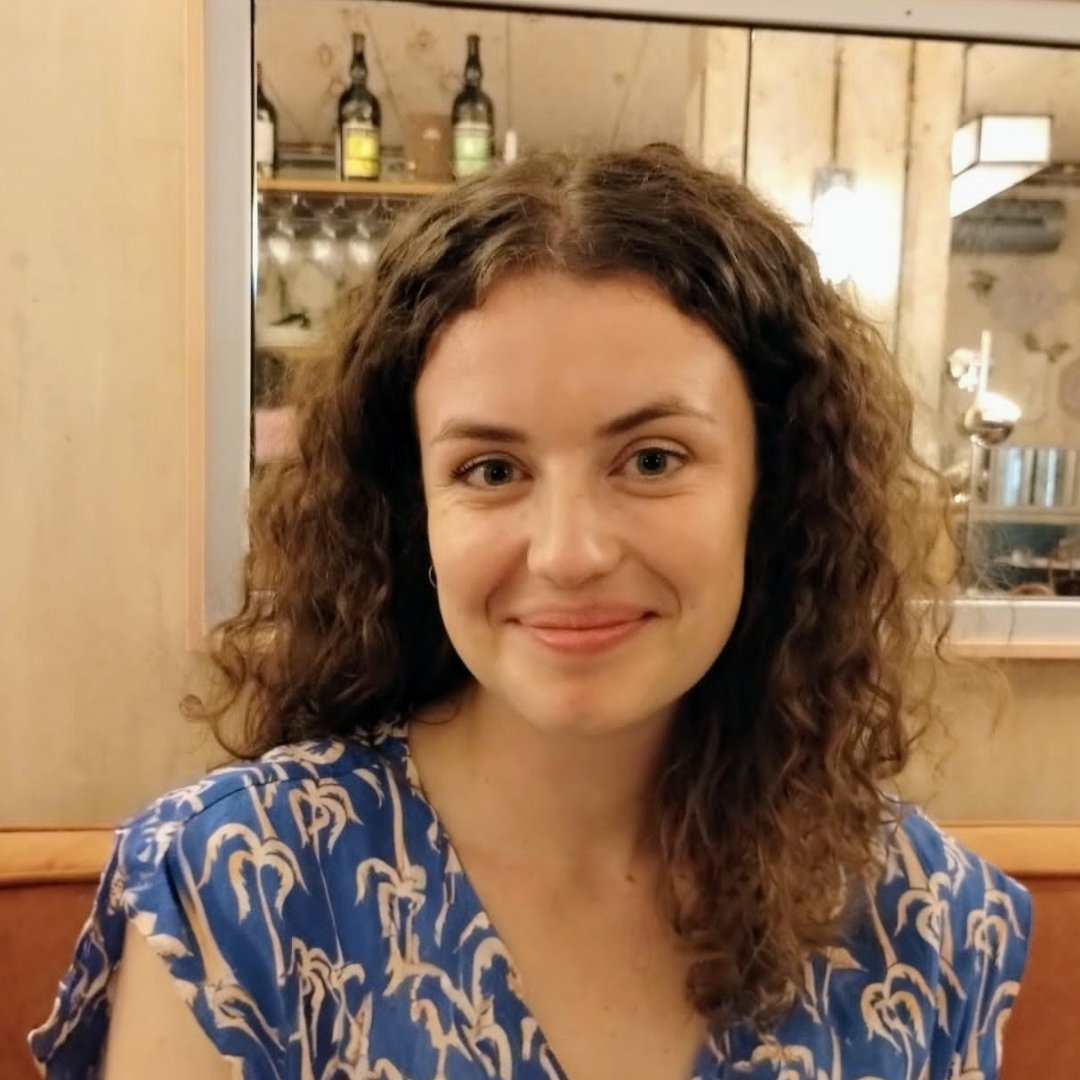We are pleased to announce that QMRG nominee Dr Caitlin Robinson of the University of Bristol, has been award the 2025 Gill Memorial Award by the Royal Geographical Society (RGS). The award recognises exceptional early career research with a remarkable track record of achievement.
Cait has kindly shared a few words about their work and experience of the award.

Can you tell us about your main contributions to research and broad community?
I am a quantitative human geographer and use socio-spatial data to represent geographies of energy, inequality and infrastructure. I also love to read and write using theories from across human geography, and try, where I can, to integrate this to inform a critical quantitative approach.
One of the best things about quantitative human geography, is the feeling that the field is expanding, drawing on an increasingly diverse range of spatial methods and data. I co-lead the University of Bristol’s Quantitative Spatial Science research group, one of the largest groups of quantitative geographers in the UK, and am also part of the Quantitative Methods Research Group (QMRG) and Geographical Information Science Research UK (GISRUK) communities.
My current project, Mapping Ambient Vulnerabilities, focuses on ambience - the overlapping and shifting material forms that constitute a person’s surroundings (e.g. air quality, flow, temperature, humidity, noise and light). Together with the wonderful project team - Lenka Hasova, Lin Zhang and National Energy Action - we analyse and map the accumulation of, and interactions among, ambient vulnerabilities in the urban environment, as well as the uneven impacts on people and places.
How have quant methods + geography helped to produce innovative, impactful research?
Quantitative approaches in human geography have a wide range of applications with the potential to provide new insights into populations and societies across space and time. It enables us to extrapolate detailed insights and knowledge from qualitative research, to learn about social processes at scale. Whether that is across cities globally or analysing change over decades.
I love anything visual. One of the things that drew me to quantitative human geography is the ability to visualise and map different types of social and spatial data. I still have lots to learn though, and my colleagues are forever releasing new packages and models that can create even more exciting data analyses and visualisations!
What would you recommend ECRs seeking to produce novel research with societal impact?
To produce novel research that has societal impact, my best advice is to research the things that interest you and you are passionate about. Commit to doing what you do well and try to avoid the temptation to follow the newest shiny thing, buzzword, or news item. When I have done that, I have just ended up feeling behind the curve!
It is also useful to talk to as many people as you can, not just stay in your bubble of researchers that approach things in a similar way to you. Whether that be with colleagues at morning coffee, at conferences, with stakeholders, or your (long-suffering) friends and family. I have found it helps me to understand if an idea resonates with people, making it more likely to have impact.
You can find out more about Cait’s work here and the other award winners here!